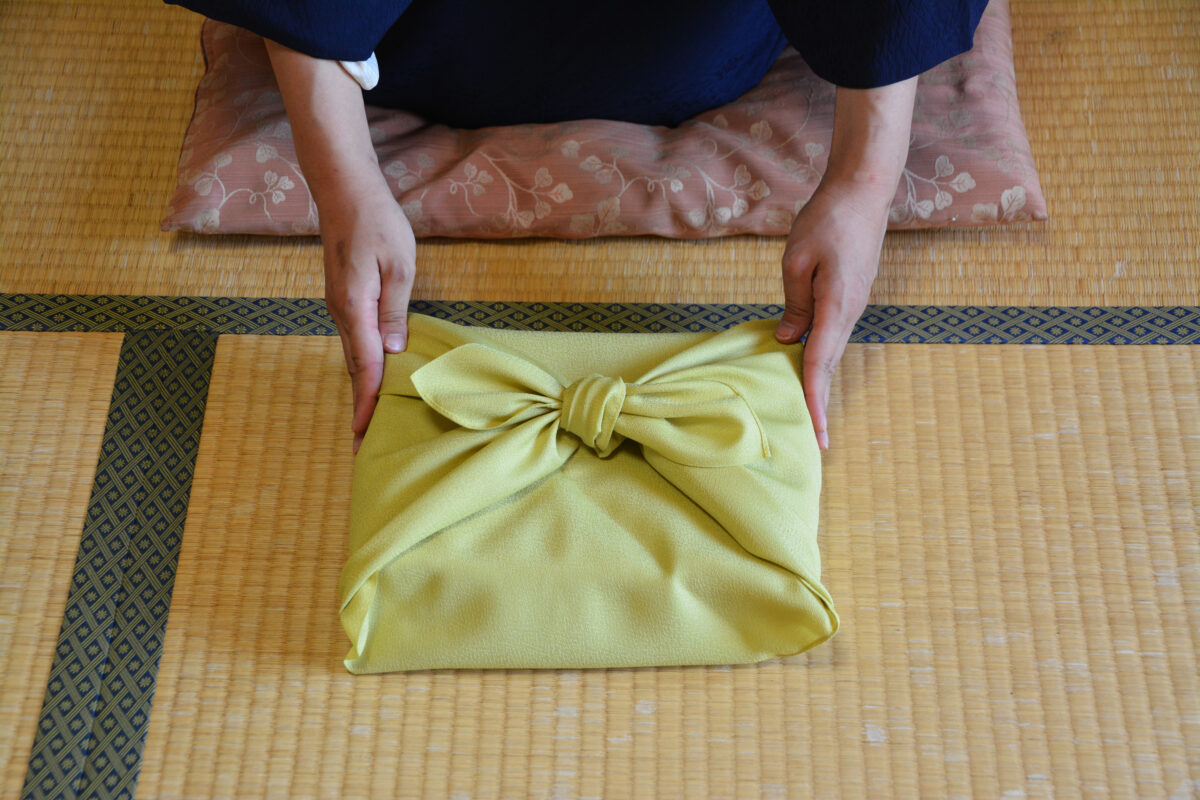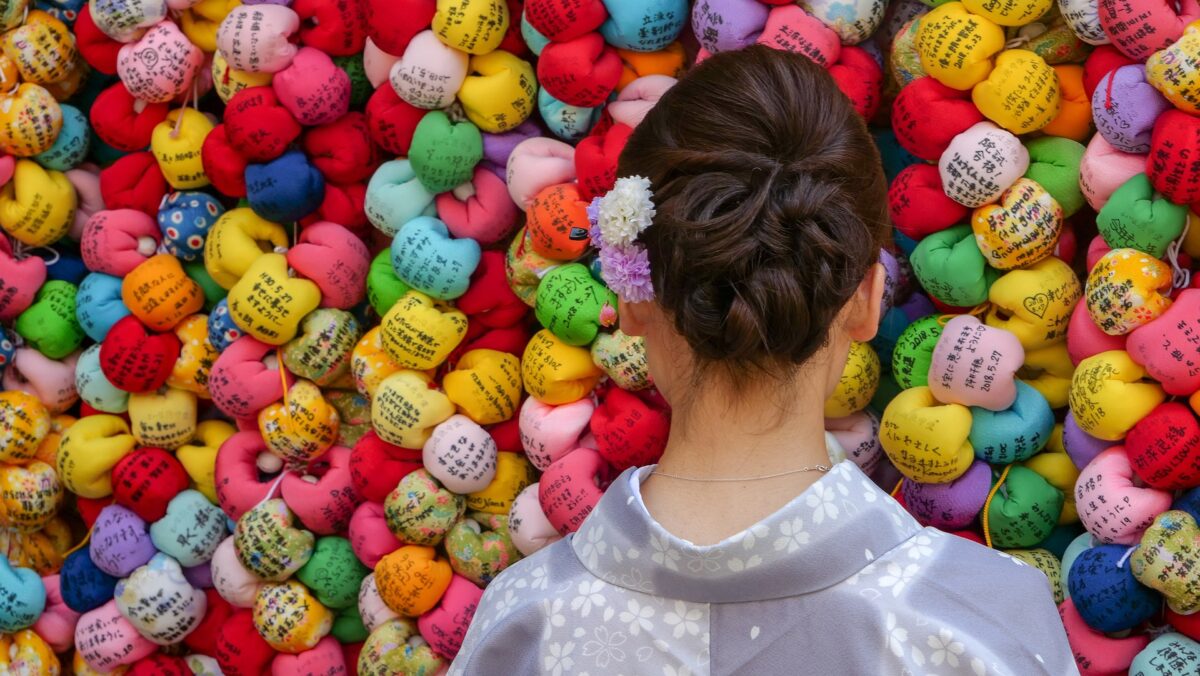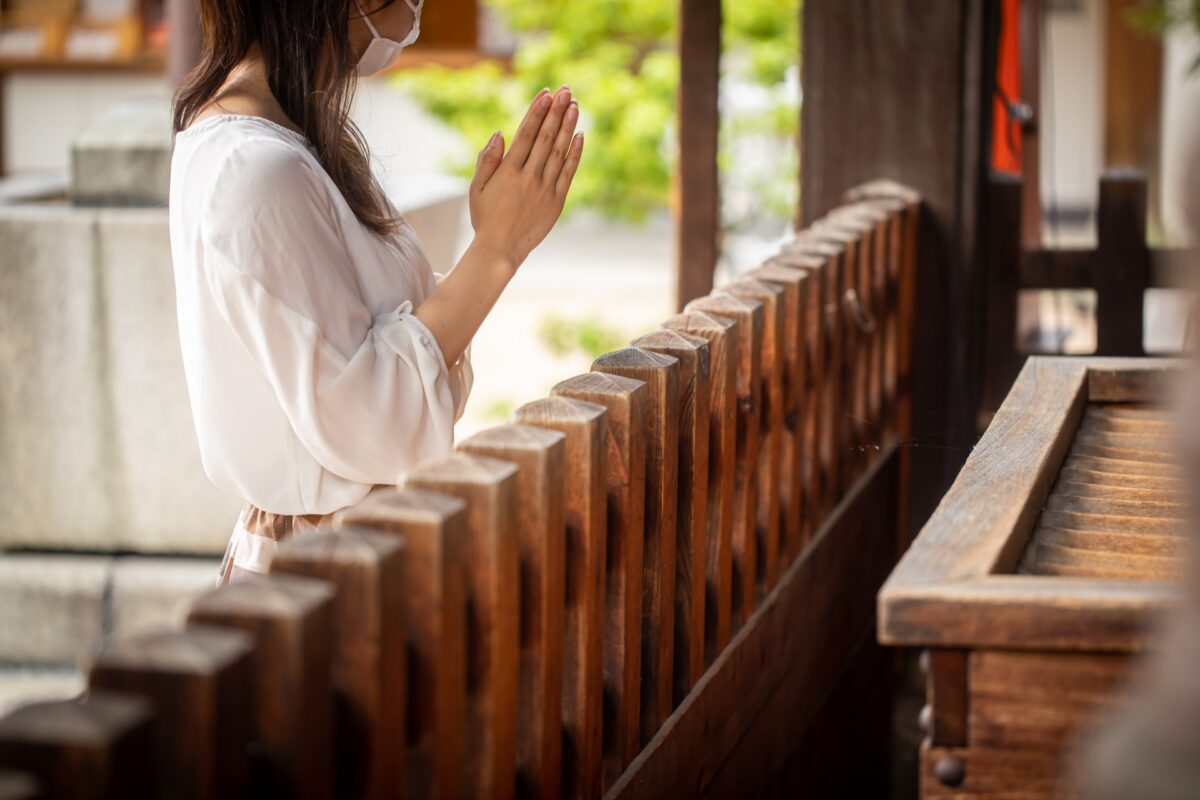
Most people traveling to Japan will visit a shrine or temple at least once to experience its fascinating history, beauty and culture. In my list of best places to visit in Japan i have at least four or five different shrines and temples that are truly magical.
These places serve not only as places to enjoy the beauty of the buildings and the elegance of the gardens, but also as centers of Japanese tradition and faith.
Therefore, in addition to entering the grounds, I urge you to challenge yourself to behave and worship in these sacred places to get a deeper sense of the spirit and culture of Japan. But do not feel forced to get all of this right, people will not look down upon you as long as you are respectful to your surroundings.
Behavior at shrine ⛩️
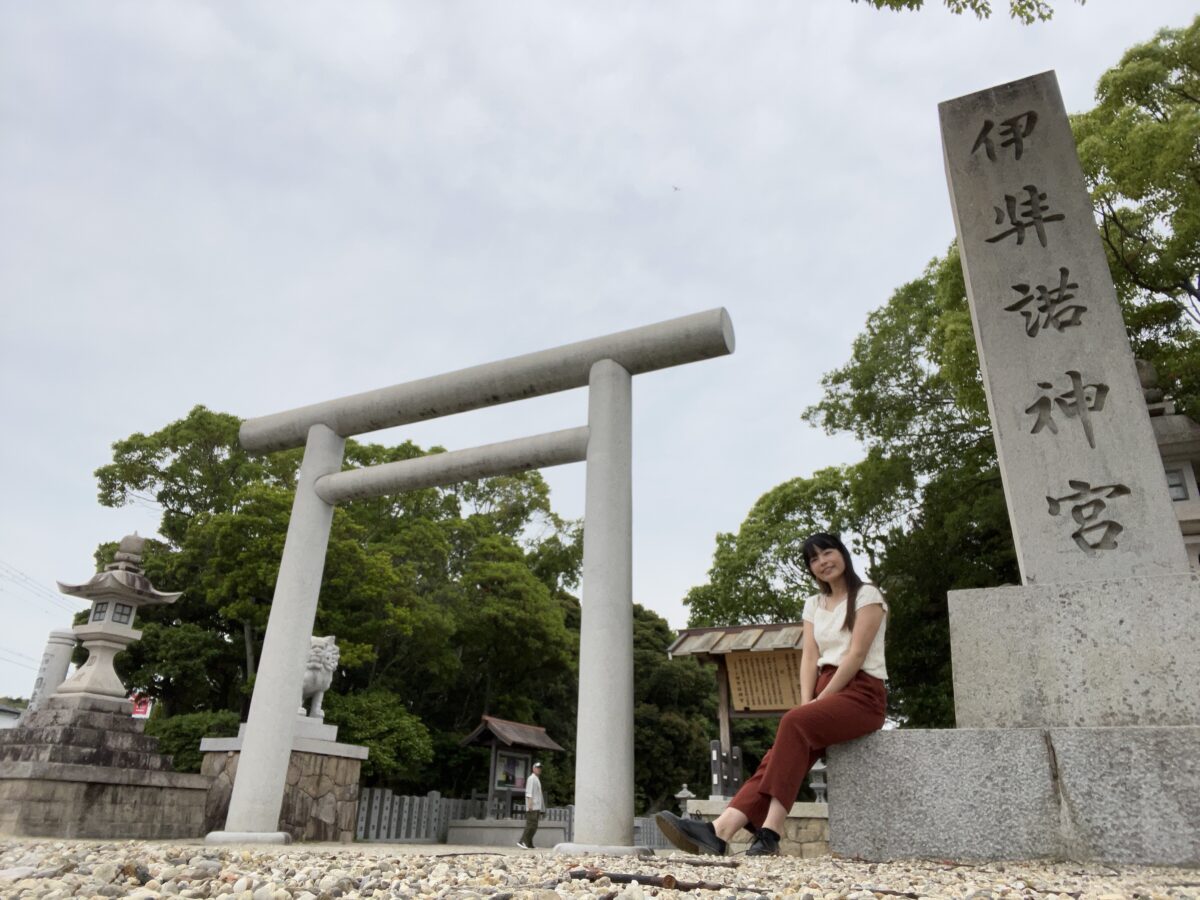
Shrines are based on Shintoism and are dedicated to deities/gods. The distinctive architecture includes a torii gate, and buildings such as the hall of worship and the main shrine.
1. Before passing through the torii gate ⛩️

The torii marks the boundary between the sacred and secular realms, and bowing under the arch before entering is meant to show respect for this boundary and to indicate readiness to enter the sacred realm.
It is also common to walk on the left or right side of the torii, avoiding the center of the gate. Since the center is considered to be the path for the gods, worshippers should try to avoid it.
2. Purification at the Chozuya 💧
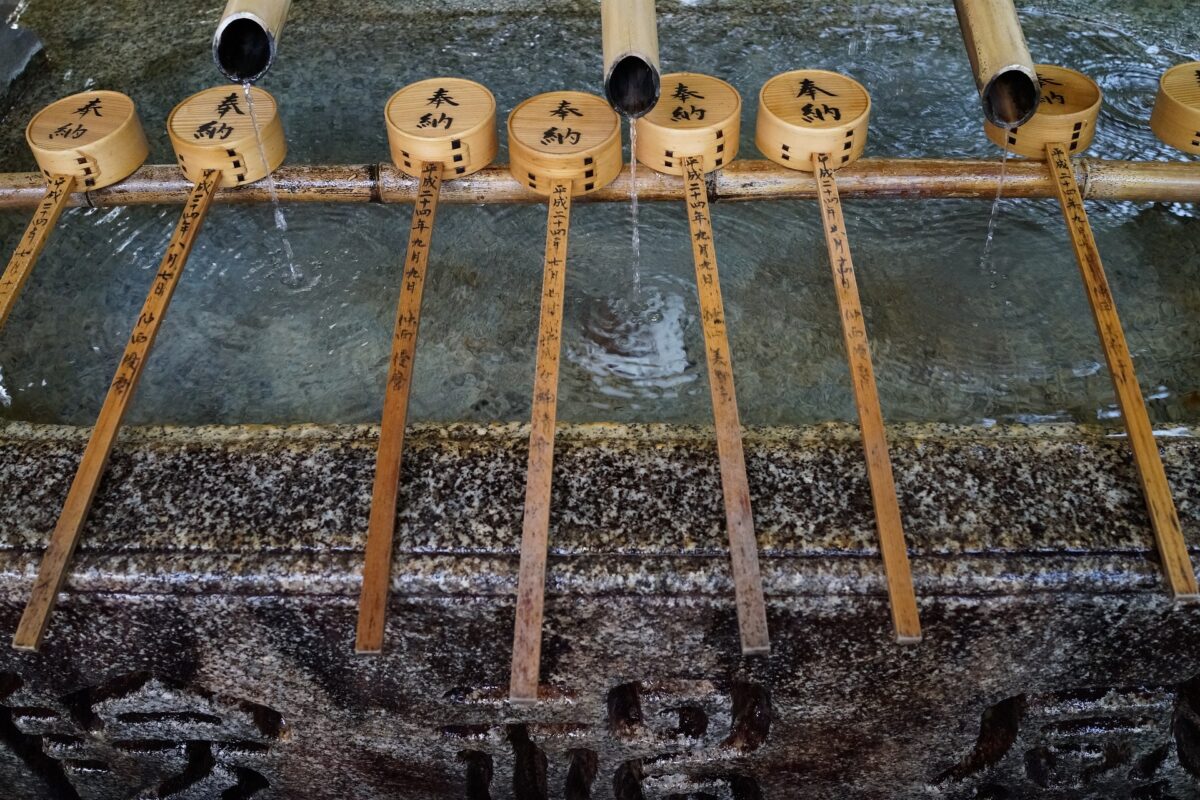
This is purification takes place with the help of clear flowing water often taken from nearby sources.
It is performed as a ritualistic act to remove impurities from the outside world, purify the body and mind, and worship before the gods before entering the sacred space.
- Hold the ladle in your left hand and purify your right hand with the water.
- Switch the ladle to the right hand and purify the left hand with the water.
- Holding the ladle with the left hand, scoop up water with the right hand, hold it in the mouth, and rinse it out gently (it is not necessary to actually drink).
- Finally, hold up the handle of the ladle and cleanse the handle with the remaining water.
3. Visit the main shrine 🙏
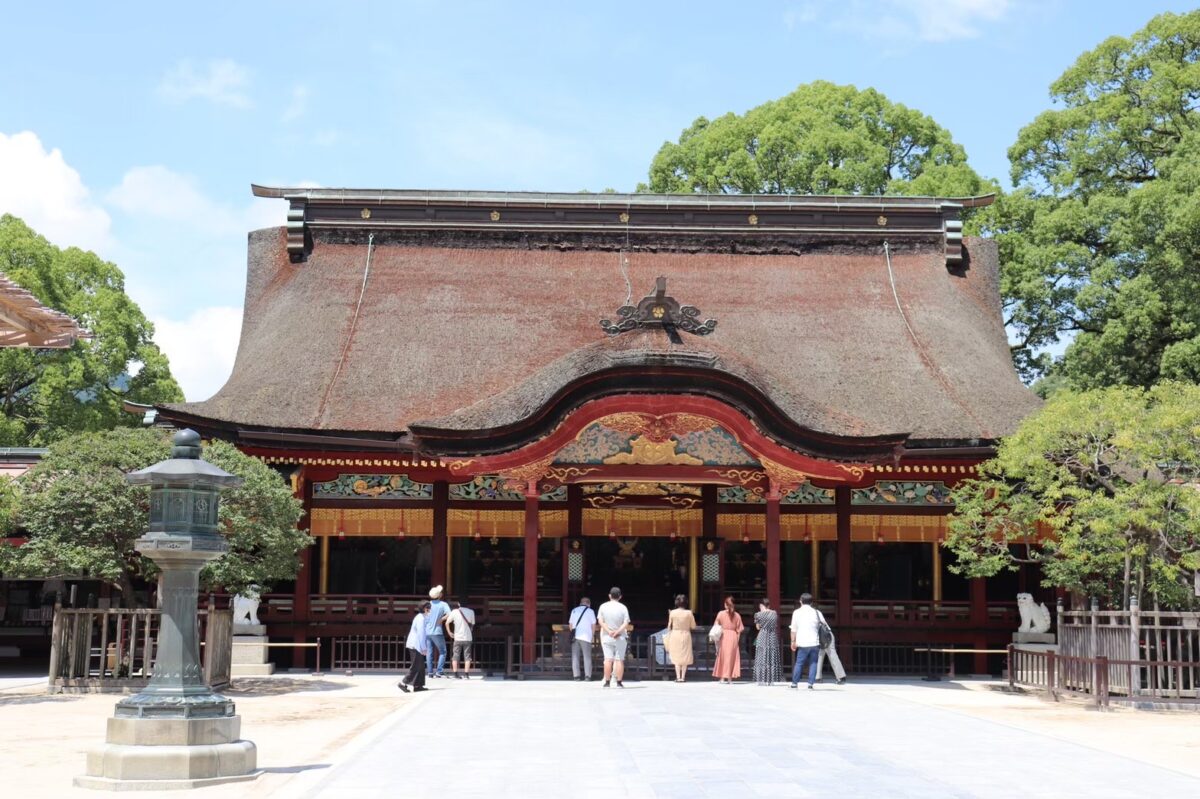
The center of the stone steps in front of the main shrine is believed to be the path of the gods. Avoid the center of the stone steps as much as possible.
- Stop in front of the shrine and place the votive offering money in the box.
The price is not set, you can make an offering of your choice. The 5-yen coin, a brown coin with a hole in the middle, is considered good luck. Because of this, many people throw 5-yen coins as money offering. - If there is a rope hanging down to ring the bell, shake the rope to ring the bell.
- First, bow deeply twice.
- Then clap your hands twice.
This is a signal to let God know of your presence. - Pray in your heart for safety, health, and good fortune.
- Finally, bow deeply once more.
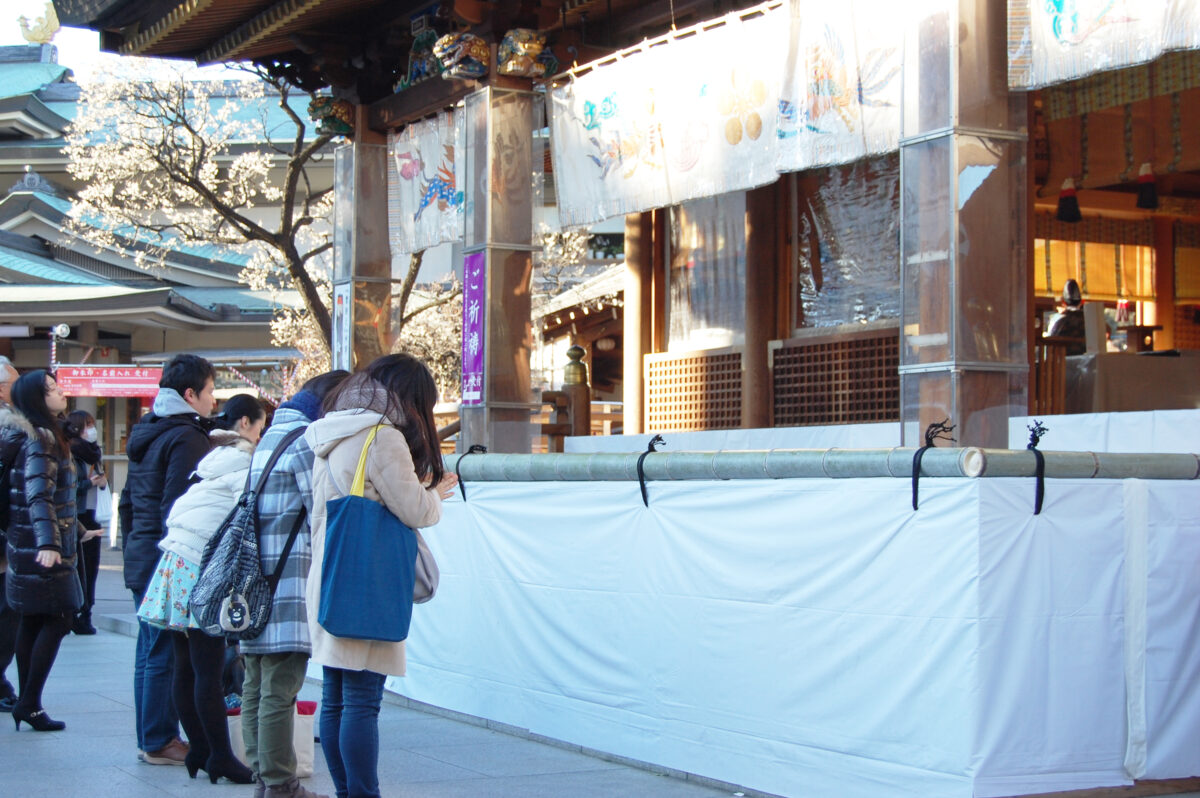
4. Leaving the shrine ⛩️
Finally, before passing through the torii gate to leave, stand under the arch of the gate and turn around to face toward the main shrine, bow again once, and then you are clear to leave the shrine.
Extra tip: Make a wish with an Ema 🖋️
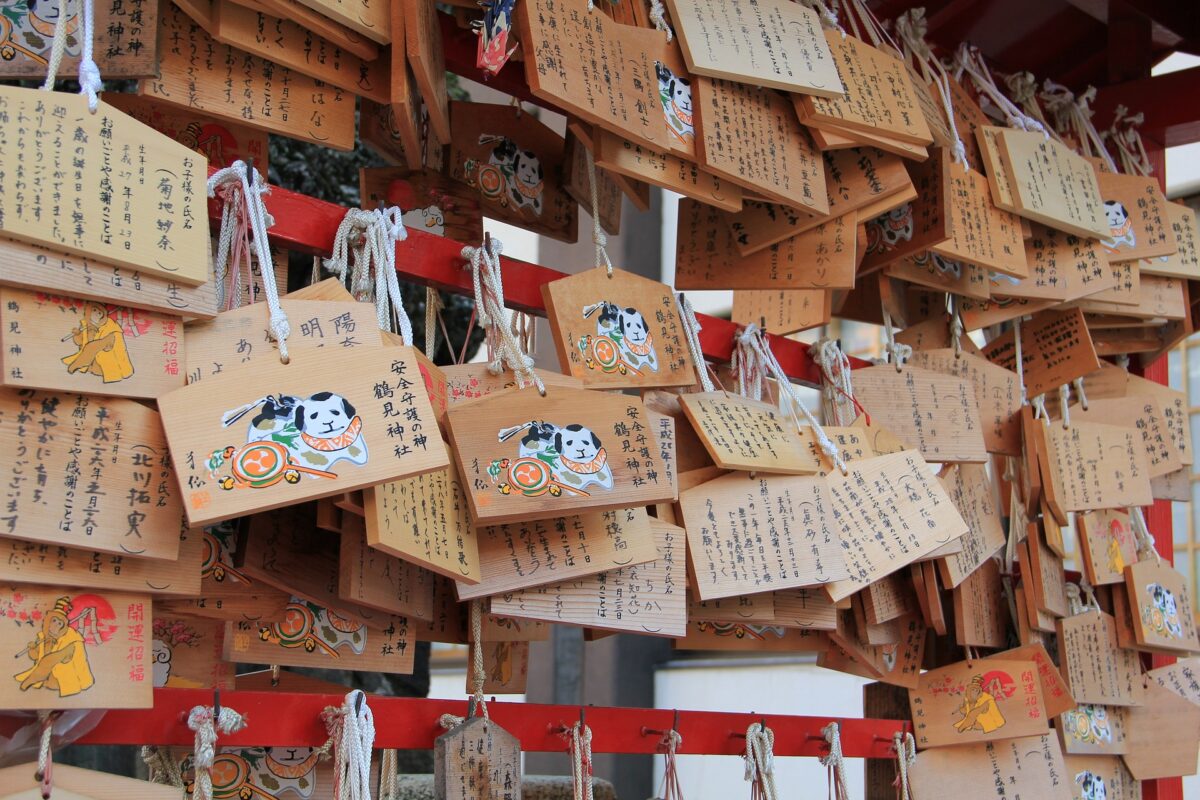
Ema (votive tablet) is placed in shrines. An ema is a small wooden board that is dedicated to the shrine on which wishes and expressions of gratitude are written.
This is something anyone can do, for a fee around 500 – 1000 Yen. You can write your wish in English!
The ema often has a picture of a symbol of the shrine. After the wishes are written, they are hung and dedicated in a special place in the shrine.
Extra tip: Get Goshuin 🖌️
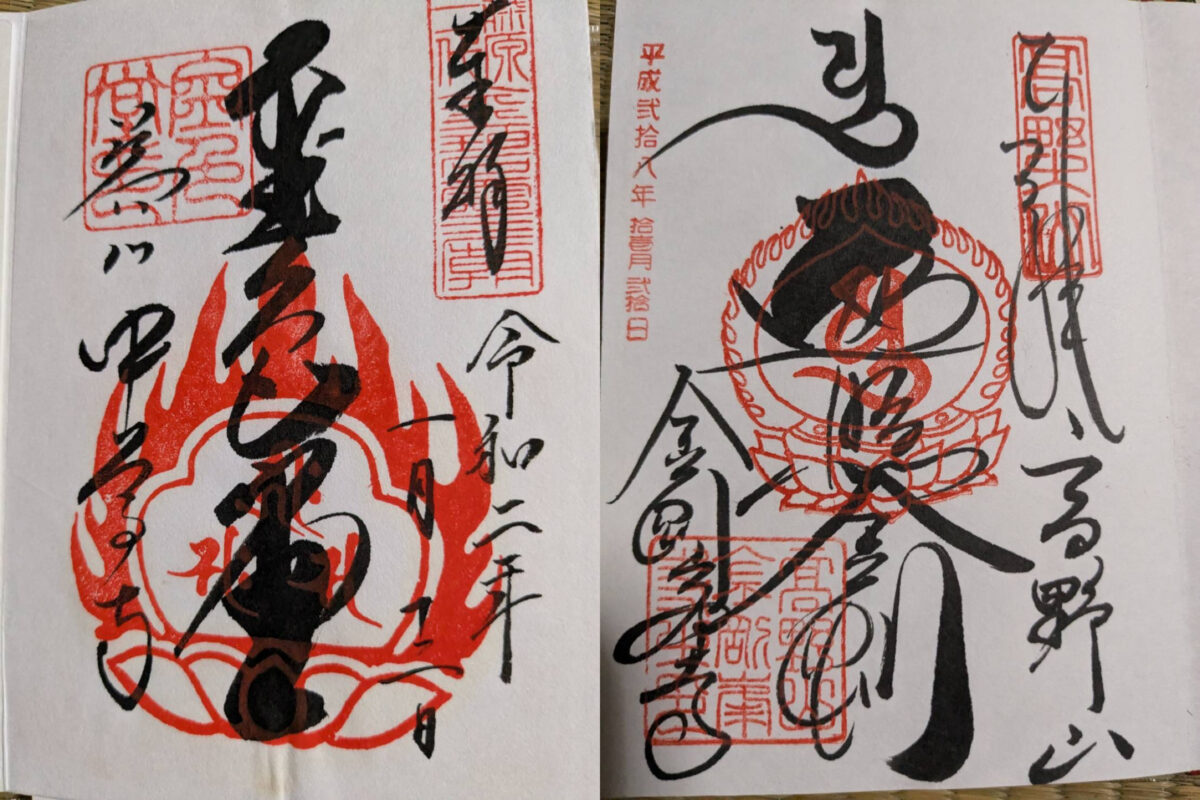
If you’re visiting a shrine, don’t just stop at praying—be sure to get a Goshuin!
This is like a certificate of your visit, created with traditional brush and ink. It includes the name of the shrine or temple, the date of your visit, and a beautifully designed stamp. For travelers, it’s a uniquely Japanese souvenir that offers a meaningful connection to the culture.
What makes it even more exciting is that each shrine or temple has its own unique Goshuin design. Many people in Japan enjoy collecting these as a fun and rewarding way to commemorate their visits. And the best part? You can get one for as little as 300 yen!
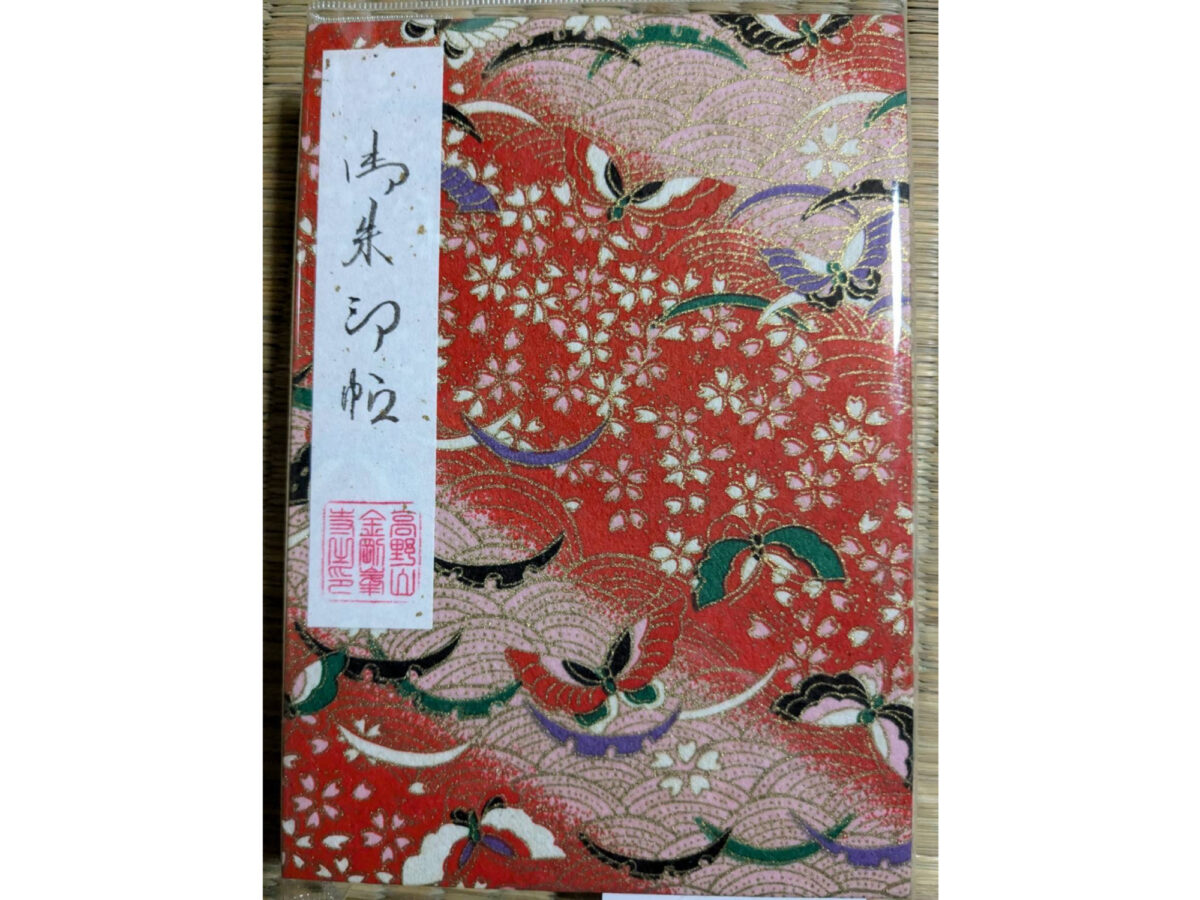
You can receive it on a single sheet of paper, but if you have a Goshuincho (a special book for collecting Goshuin), they’ll write directly in it, keeping your collection neat and organized. These books often feature beautiful Japanese patterns and designs, making them a lovely keepsake in themselves.
Behavior at Temple 🛕
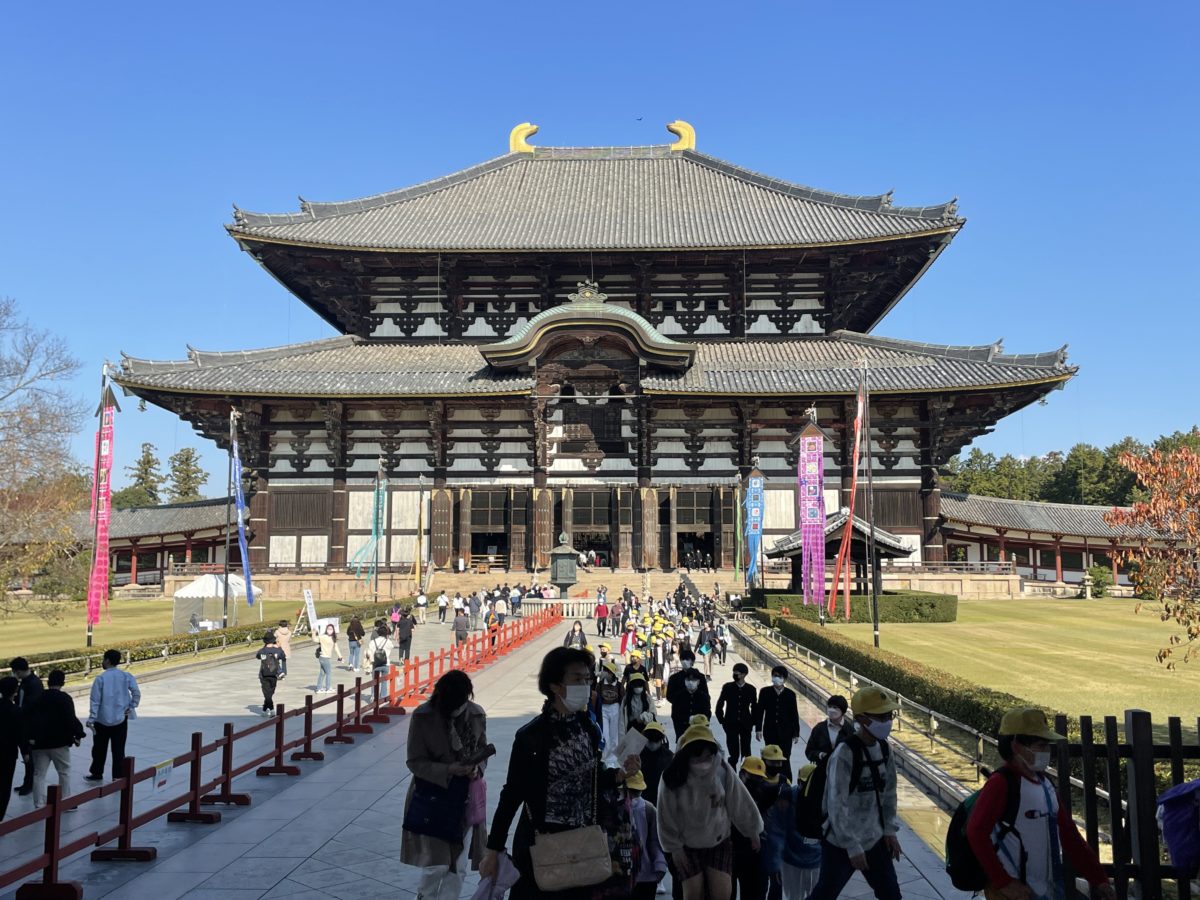
Temples are based on Buddhism and enshrine Buddhas and Bodhisattvas. Major buildings include main halls and pagodas (sacred structures) where Buddhist statues are enshrined. The Great Buddha and the incense sticks, which I will explain later, are symbols of the temple.
In temples, there is a way of praying based on Buddhist teachings, and the procedure is a bit different from that of shrines.
1. Purification at the Chozuya 💧
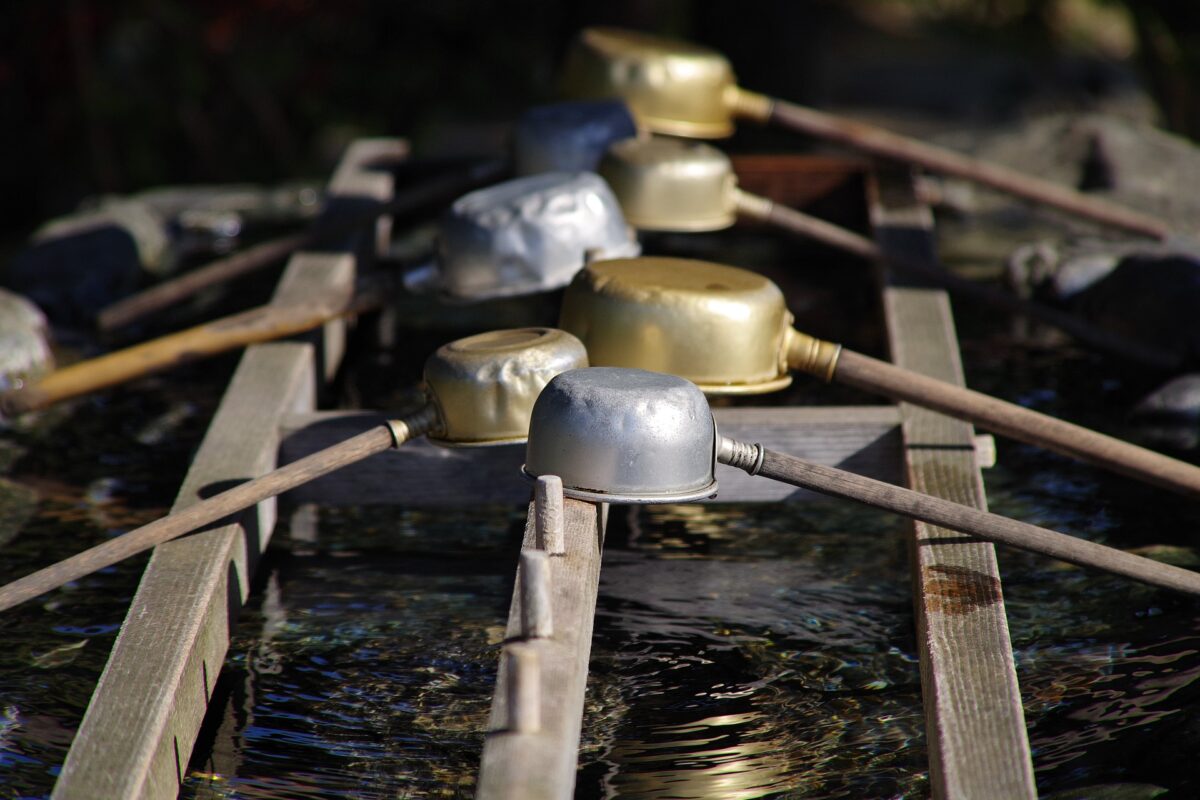
Same procedure as at shrines. However, not all temples have a chozuya.
If they do, this is purification takes place with the help of clear flowing water often taken from nearby sources.
It is performed as a ritualistic act to remove impurities from the outside world, purify the body and mind, and worship before Buddha before entering the sacred space.
- Hold the ladle in your left hand and purify your right hand with the water.
- Switch the ladle to the right hand and purify the left hand with the water.
- Holding the ladle with the left hand, scoop up water with the right hand, hold it in the mouth, and rinse it out gently.
It is not necessary to actually drink. - Finally, hold up the handle of the ladle and cleanse the handle with the remaining water.
2. Visit the main hall 🙏
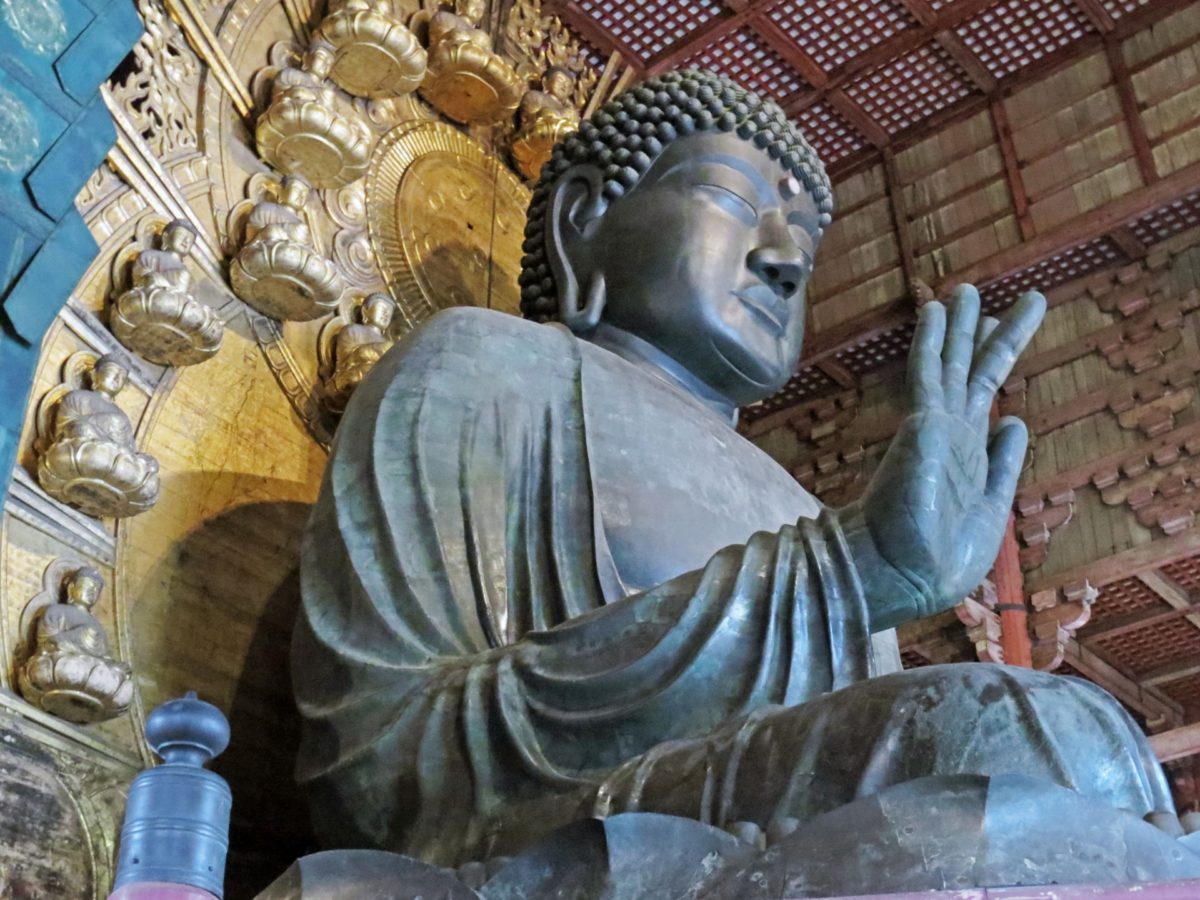
- When you arrive in front of the main hall, first throw money into the offering box.
No amount is set, make an offering of your choosing. - After that, join hands together ⚠️ Do not clap. At this time, the palms of the hands should be in front of the chest.
- Now bow deeply twice.
- Afterwards, express your wishes and gratitude in your heart.
- When the prayer is over, bow deeply once again.
Extra tip: Incense offerings 💨
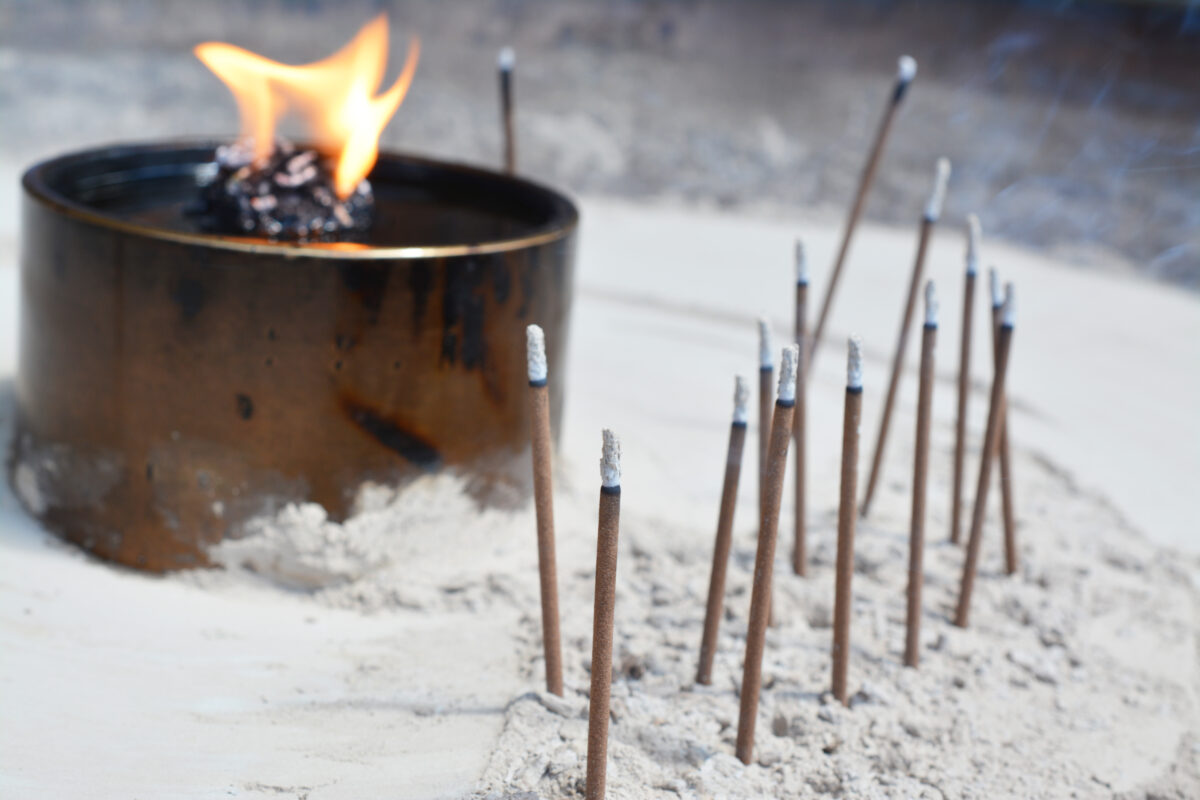
Incense sticks are sold for about 100 yen. By purchasing incense sticks, lighting them in a designated place, and emitting smoke, we can make offerings to our ancestors and the deceased, and express our feelings of prayer.
The incense sticks with smoke are then stuck, as shown in the photo above.
Conclusion
Japanese shrines and temples are places with a deep cultural and historical background, so when visiting, respect the spirituality of the place and learn the proper procedures for worship for a deeper experience and understanding.
This is a rare opportunity to experience Japanese traditions and culture firsthand, and I hope that you will enjoy the atmosphere of shrines and temples with an open mind.
Please check our Japan travel guide for more insider tips on the ways of the Japanese.

